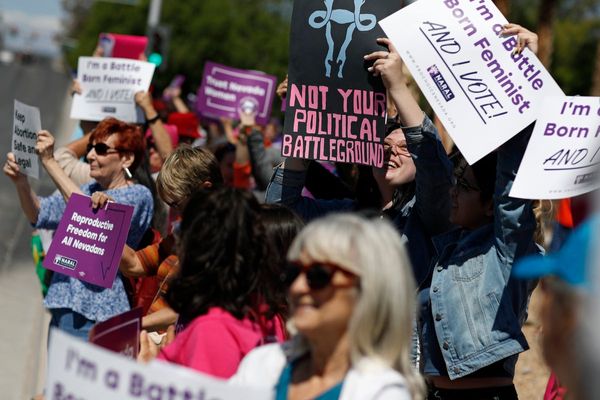
Diesel vehicles typically emit significantly higher amounts of nitrogen oxides (NOx) compounds, which have a significant impact on human health.
The revised plan unveiled on Wednesday includes a direction to authorities to stop all but a few diesel vehicles – whether cars, SUVs or trucks – from being used in Delhi and adjoining NCR cities if the AQI is projected to rise above 450, a scenario when the fourth and the final stage of restrictions will be activated.
There are 942,447 of these vehicles in Delhi out of which only diesel vehicles conforming to the Bharat Stage VI tailpipe emissions standards, a category that has a very minuscule proportion (27,860), can be driven, as per an analysis of the vehicle data.
The city has 10 million registered vehicles out of which 1.12 million conform to Bharat BS-VI, a standard that became mandatory for all new cars registered after April 1, 2020.
Emission standards determine the maximum limit of pollutants a vehicle can emit for it to be legally approved. In BS-VI standards, diesel vehicles will need to emit less than a third of the volume of NOx they were allowed to under the BS-IV standard. However, only a tenth of all 10 million vehicles registered in Delhi comply with the new, less-polluting BS-VI standard.
The Commission of Air Quality Management (CAQM) has also allowed the National Capital Region (NCR) states to ban the use of BS-III petrol and BS IV diesel cars in the third stage of curbs, which is meant to be activated if the Air Quality Index (AQI) is projected to go beyond 400.
As per government records, Delhi has 2,957,630 registered BS-III (BS3) vehicles, out of which most are likely to be petrol since diesel vehicles older than 10 years are deemed de-registered in the city, said officials.
The revised Grap to combat air pollution, construction work will be halted above an AQI of 400, and diesel generators cannot be run if the index breaches 300.
The new Grap will now take into account the index of air pollution, which reflects the concentration of several pollutants, and not just PM2.5 and PM10 as triggers for the curbs.
Grap is a set of progressively stricter list of curbs on the type of vehicles, or the types of works or business that lead to air pollution when air pollution levels hit certain trigger points.
The plan first came into force in 2017 but has been criticized for being ineffective, especially since it was considered reactive as stricter curbs were enforced 48 hours after pollution had already worsened.







